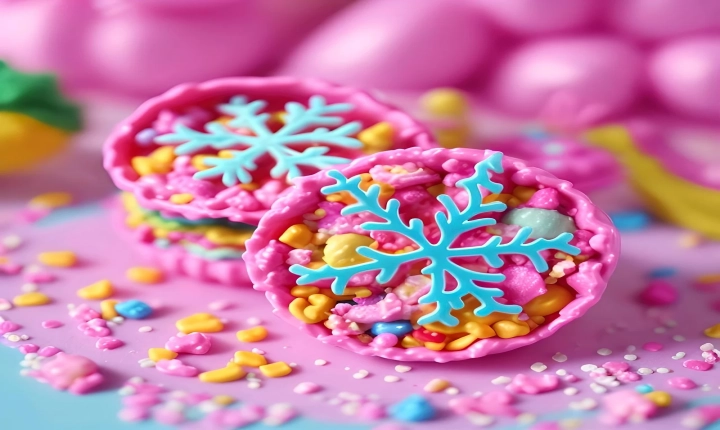“Can You Convert a .png File into a .ai File?”
Many designers and digital artists often come across the need to convert a .png file into a .ai file, especially when working with Adobe Illustrator for vector graphics. While both file formats are widely used in the world of digital design, they serve different purposes and have different functionalities. So, the question arises: is it possible to convert a .png file into a .ai file?
The short answer is yes, it is possible to convert a .png file into a .ai file, but it’s important to understand the nuances and limitations of this conversion. Let’s delve into the details.
First, let’s understand the difference between .png and .ai file formats. A .png file, which stands for Portable Network Graphics, is a raster image file format that is widely used for web graphics and digital photography. On the other hand, a .ai file, which stands for Adobe Illustrator Artwork, is a vector graphic file format created with Adobe Illustrator.
The key distinction between these two file formats lies in their underlying structure. .png files are raster images, composed of pixels arranged in a grid, which means they are resolution-dependent. On the contrary, .ai files are vector graphics, composed of paths and curves defined by mathematical equations, making them resolution-independent and infinitely scalable.
Now, let’s discuss the process of converting a .png file into a .ai file. One common method involves using Adobe Illustrator to achieve this conversion. Here’s a step-by-step guide to the process:
1. Open Adobe Illustrator and create a new document.
2. Go to “File” and select “Place” to import the .png file into the Illustrator document.
3. Once the .png file is placed, use the “Image Trace” feature to convert the raster image into vector paths. This feature automatically traces the outlines of the image and converts it into vector artwork.
4. Adjust the image trace settings based on the complexity and details of the .png file to achieve the desired vector conversion.
5. Once the image trace is complete, you can edit, refine, and manipulate the vector artwork as needed.
6. Finally, save the document as a .ai file.
It’s important to note that the quality of the .ai file generated from a .png file largely depends on the complexity and clarity of the original .png image. Simple graphics or logos with clear lines and shapes tend to convert more effectively into vector artwork, while complex photographic images may require more manual editing and refinement to achieve the desired result.
Additionally, it’s essential to keep in mind that the conversion process from .png to .ai is not a one-size-fits-all solution. While it’s possible to convert the file format, the resulting .ai file may not fully retain the characteristics and details of the original .png file, especially if the .png file is highly detailed or contains photographic elements.
In conclusion, while it is possible to convert a .png file into a .ai file using Adobe Illustrator, the process may require manual adjustments and editing to achieve the desired result, especially for complex or photographic images. Understanding the differences between raster and vector file formats is crucial for designers looking to work with these file types effectively. Ultimately, the conversion process serves as a helpful tool for leveraging the strengths of both file formats and utilizing them for various design purposes.
